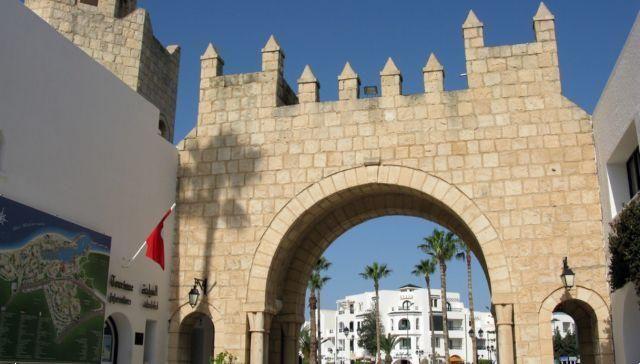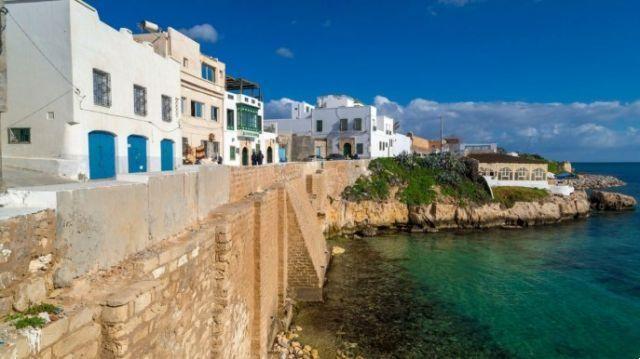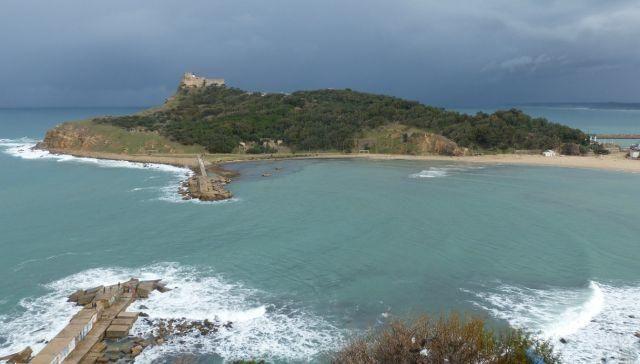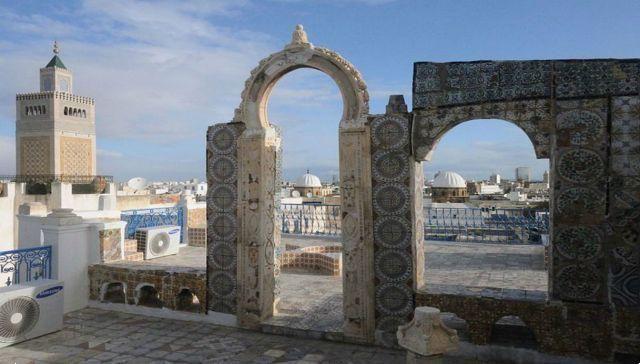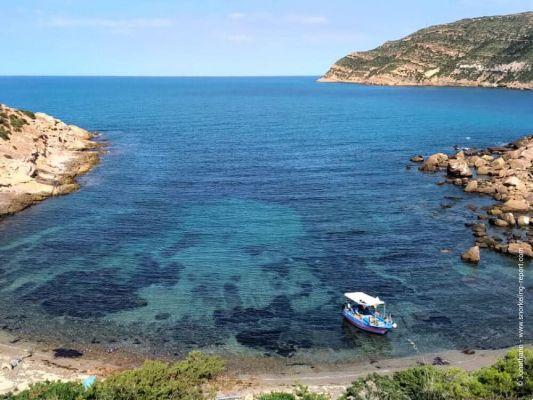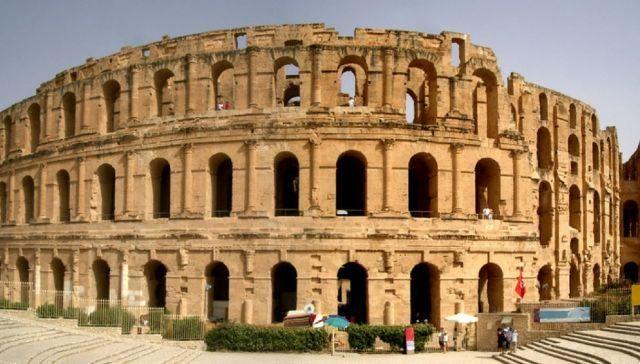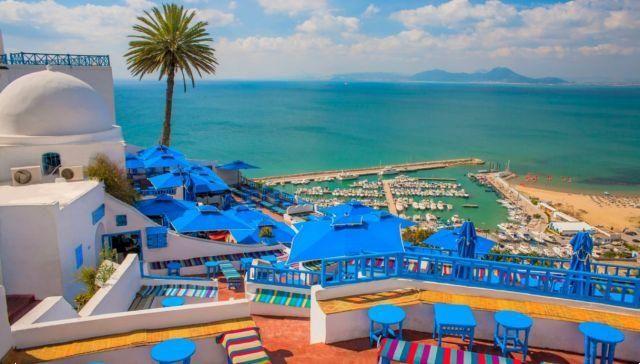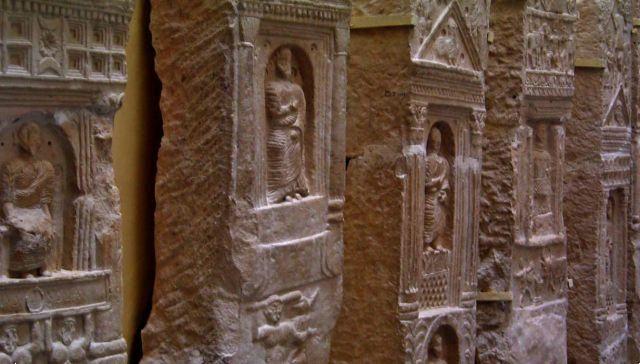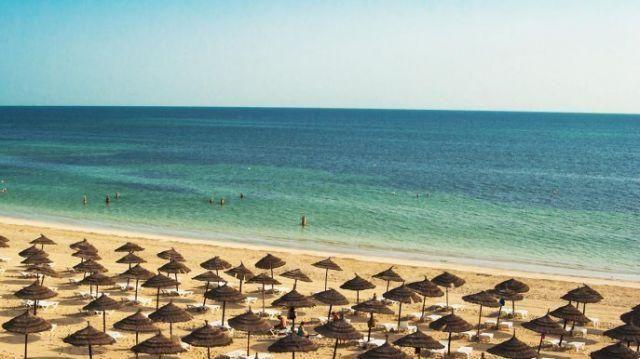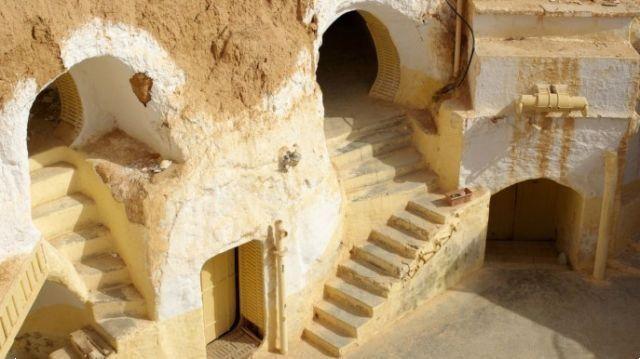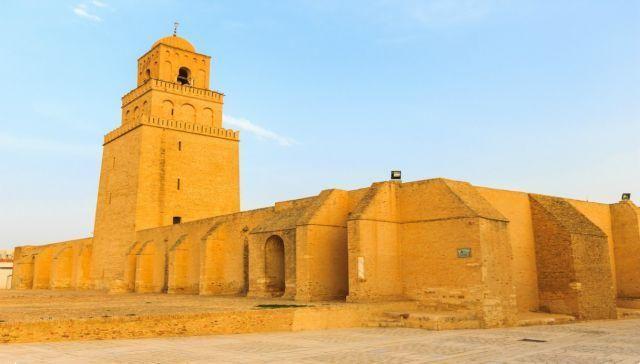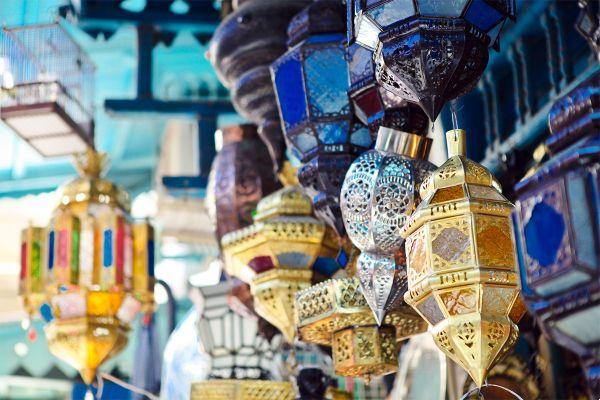 Between souks and mosques, the capital of Tunisia offers tourists a cocktail of contrasting and surprising emotions
Between souks and mosques, the capital of Tunisia offers tourists a cocktail of contrasting and surprising emotions
Just over an hour's flight from the main Italian airports, there is a city with a thousand facets ready to leave you breathless: let's talk about Tunis, a place full of surprises and attractions, a treasure chest, as if that wasn't enough, of ancient traditions waiting to be discovered. A capital very different from the big ones metropolis of Europe, whose Mediterranean charm and thousand-year history open up infinite scenarios to tourists who choose it as a destination for their holidays.
On the one hand there is the Medina, a historic center whose colonial architecture it would be recognizable among a thousand. On the other there is the new city, looking decidedly nicer modern but equally respectful of that wealth of traditions that makes Tunisia a place where time is absolutely relative. But what are the, among so many wonders? 5 things to do in Tunis, to breathe in its history and atmosphere deeply? Let's find out together.
Visit the Al-Zaytuna mosque
Once upon a time in Tunis, or so the legend says, a oratory built in the shadow of a giant olive. She was in the heart of the kasbah and it was a meeting place for poets, philosophers and Islamic jurists. Where once stood this small but very important place of prayer today stands, proud in all its architectural majesty, the Al-Zaytuna mosque, which is not surprisingly one of Tunisia's main attractions.
Zaytuna means olive tree, an explicit homage to the legends told about this corner of the world North Africa. The sanctuary, built approximately in the year 732, occupies a total area of 5000 square meters. It has 9 entrances and is supported, unbelievably, by 184 columns, presumably coming from the archaeological site of Carthage.
Discover the cathedral of San Vincenzo
In Independence Square, in front of the building that houses theFrench embassy, there is the cathedral of San Vincenzo de' Paoli, named in memory of the namesake presbyter from beyond the Alps went down in history as one of the most important reformers of the Catholic Church. But what does this character have to do with Tunis? Simple: in 1605 he was captured by Turkish pirates and sold into slavery right in Tunisia, only to be freed two years later.
The building of worship that bears his name, currently owned by Vatican, it's just wonderful. There Romanesque-Byzantine facade it is dominated by two splendid ones bell towers, in turn adorned by as many arabesque style domes. Inside there are different spaces frescoes of great value, some of which depict the Christian martyrs of Africa.
Admire the Clock Tower
The Tunisian “Big Ben”, or Clock tower which makes a fine show in Place 14 January, is one of the most iconic monuments of eclectic Tunis. Architecturally speaking it winks at what is the undisputed symbol of London, while the street and the square it overlooks perfectly reproduce the refined and European style of the Champs-Élysées Parisians.
After the ritual photo at the foot of the tower, which between the obelisk and the clock is approximately 40 meters high, all that remains is to march in the direction of Avenue Habib Bourguiba. The long pedestrian avenue, lined on both sides with boutiques, bars and trendy clubs, is the perfect destination for those who love to mingle with the locals and grasp every single nuance of life in the Tunisian capital.
Eating chakchouka
Spicy and tasty like almost all of them typical recipes of the Tunisian tradition, Chakchouka it is a cult dish to be enjoyed at least once in a lifetime. It's basically a sort of peperonata in perfect Mediterranean style, which fully respects the fundamental rule of the local culinary tradition: even if few people know it, the Tunisian one is a red kitchen, because red are the ingredients that should never be missing in the preparation of various dishes.
The chakchouka is in this sense obsequious towards customs, so much so that within it we find both the spicy peppers the tomato andharissa, the legendary Maghreb sauce based on garlic and fresh chilli pepper. Three ingredients, in fact, strictly red. They complete this tasty dish vegetables Seasonal, eggs, parsley e spices, go-go. And, if you want, a little expertly crumbled bread on your stew, for the final "slipper".
Buying ceramics
Lo shopping in Tunis it has a completely different flavour. There is no time to waste with magnets and celebratory t-shirts, because the only one souvenir that are worth taking home with you, after this beautiful foray into North Africa, are the pottery. The artisan tradition of Tunis is unrivaled and finds its maximum expression in the characteristic shops you come across while walking through the Medina.
These shops are generally divided into suk thematic. The one dedicated to ceramics, both engraved and hand-painted, is a riot of colors and patterns of all kinds. Among splendid ones serving dishes decorated and vasi handcrafted, bowls e decorations to hang, choosing the item that will forever remind us of our splendid trip to Tunis - seeing is believing - could prove to be a real undertaking.
Source: 123rf





